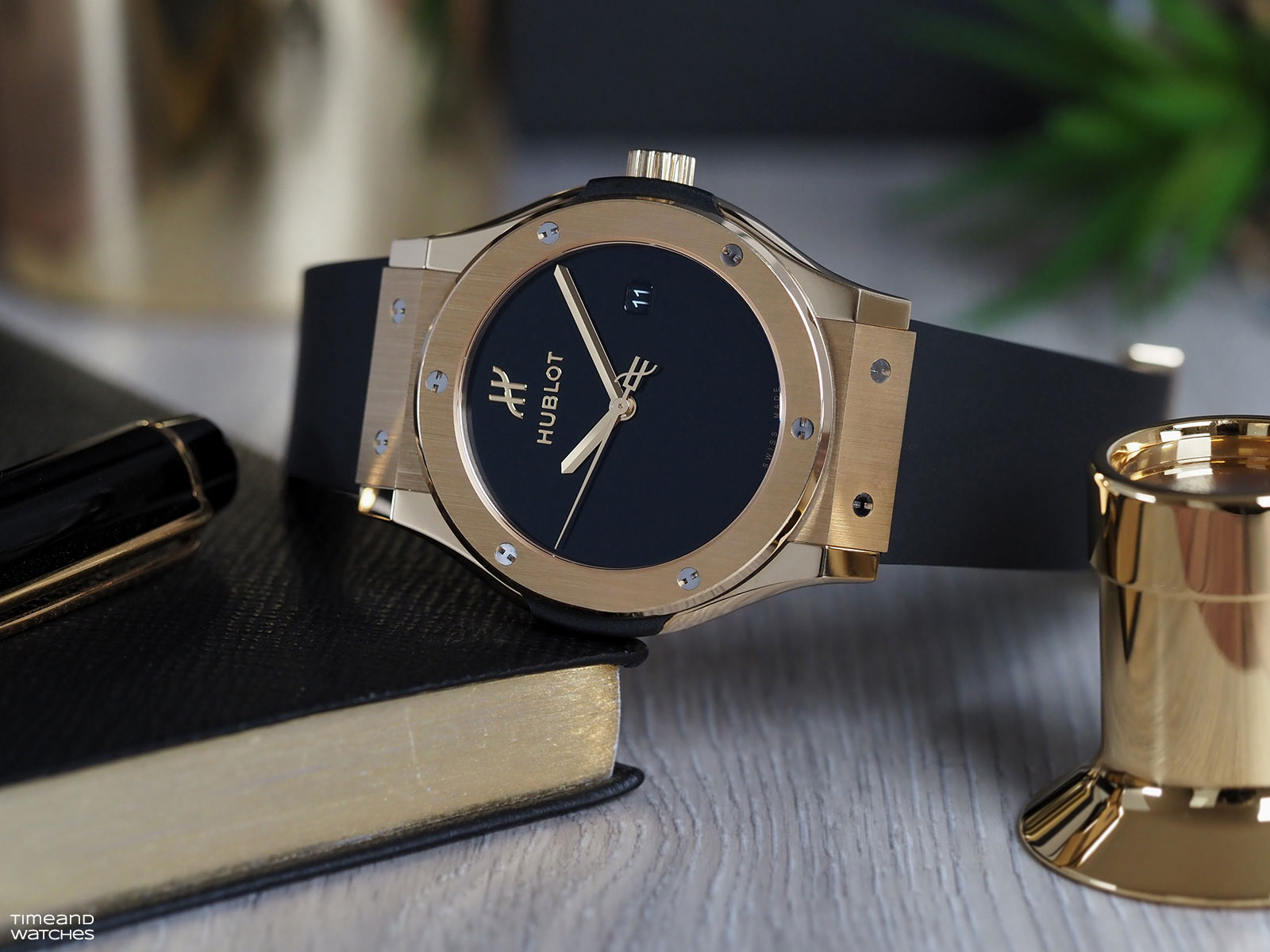In the realm of luxury watches, few brands evoke as much polarization and heated debate as Hublot. Renowned for its bold designs, unconventional materials, and celebrity collaborations, Hublot has managed to carve out a distinctive position in the horological landscape. However, this Swiss brand also attracts its fair share of criticism and disdain. In this blog, we delve into the reasons why Hublot timepieces receive a lot of hate in the watch world and explore the arguments both for and against this divisive brand.
-
Departure from Tradition: One of the primary criticisms leveled against Hublot is its departure from traditional watchmaking aesthetics. Purists argue that the brand's bold and avant-garde designs deviate from the time-honored principles and classical elegance associated with luxury watches. Hublot's penchant for experimenting with unconventional materials, extravagant case designs, and bold color combinations has led to a divide among watch enthusiasts.
-
Popularity and Ubiquity: Hublot's success and rapid rise to prominence have also contributed to the backlash. Some critics argue that the brand's popularity, fueled by aggressive marketing and high-profile partnerships, has resulted in its timepieces becoming ubiquitous and, in their eyes, losing the exclusivity and cachet associated with luxury watches. The perception that Hublot watches are overly commercialized and lacking in true horological significance fuels the resentment among some collectors.
-
Pricing and Perception of Value: Hublot's pricing strategy has also been a point of contention. Detractors argue that the brand's prices are inflated, considering the use of certain materials and movements. Critics question whether the quality and craftsmanship of Hublot timepieces justify the premium price tag. The perception that buyers pay for the brand's marketing and celebrity endorsements rather than the intrinsic value of the watch itself contributes to the negative sentiment.
-
Design Consistency: Another aspect that divides opinion is Hublot's design consistency. While some appreciate the brand's distinct and recognizable aesthetic, others argue that the consistent design language across different collections and models lacks diversity and originality. Critics contend that Hublot's focus on a specific design formula restricts creative exploration and fails to cater to a broader range of watch enthusiasts.
-
Pop Culture Associations: Hublot's collaboration with pop culture icons and celebrities has garnered both praise and criticism. While these partnerships have helped elevate the brand's profile and appeal to a wider audience, they have also attracted accusations of pandering to mainstream trends and diluting the authenticity of the brand's horological heritage.
Conclusion: The animosity towards Hublot in the watch world can be attributed to a combination of factors, including its departure from traditional design, perceived overcommercialization, pricing debates, design consistency, and pop culture associations. However, it is important to recognize that horology, like any form of art, is subjective, and individual tastes vary greatly. While some may dismiss Hublot as a mere fashion statement, others appreciate the brand's audacious designs, technical innovations, and unique approach to luxury watchmaking.
Ultimately, the beauty of the watch world lies in its diversity and the multitude of choices available to collectors. Whether one embraces or shuns Hublot timepieces, it is crucial to approach the discussion with an open mind and respect differing opinions. After all, horological appreciation is a deeply personal experience, and what may be divisive to some may be a source of inspiration and joy to others.


